His Name The Sacred Name of God יהוה
Then those who feared the LORD spoke to one another, And the LORD listened and heard [them]; So a book of remembrance was written before Him For those who fear the LORD and who meditate on His name.
“They shall be Mine,” says the LORD of hosts, “On the day that I make them My jewels. (Special Treasure) And I will spare them As a man spares his own son who serves him.” Then you shall again discern Between the righteous and the wicked, Between one who serves God And one who does not serve Him. Malachi 3:16-18
His Name: The Sacred Name of God יהוה
Meditate on His name! Wow, when I saw what I’m about to share with you I was completely blown away by the fullness of what is written over and over in the Bible! It occurs a whopping 6519 times in 5521 verses!
יהוה It is the name of God as He revealed it to us. Let us look at a few vocabulary words first. Jehovah = “the existing One”
What Does YHWH Mean in Ancient Hebrew?
Who hath ascended up into heaven, or descended? who hath gathered the wind in his fists? who hath bound the waters in a garment? who hath established all the ends of the earth? what [is] his name, and what [is] his son’s name, if thou canst tell? Proverbs 30:4
From the root word.היה haya
1) to be, become, come to pass, exist, happen, fall out
a) (Qal)
1) —–
a) to happen, fall out, occur, take place, come about, come to pass
b) to come about, come to pass
2) to come into being, become
a) to arise, appear, come
b) to become
1) to become
2) to become like
3) to be instituted, be established
3) to be
a) to exist, be in existence
b) to abide, remain, continue (with word of place or time)
c) to stand, lie, be in, be at, be situated (with word of locality)
d) to accompany, be with
b) (Niphal)
1) to occur, come to pass, be done, be brought about
2) to be done, be finished, be gone
Note: How the root covers the ever-present One. Present, “to be”, and future “to be done” in the root of the G-d’s name!
Like here in Revelation the Lord introduces Himself twice as “who is and who was and who is to come,…Revelation 1:4,8.
Meditate or thought (KJV) comes from חשב chashab is the Active Participle which is action… Not empty our heads as some eastern mystics teach. No this is chewing on and thinking meditation. (stem: Qal)
1) to think, plan, esteem, calculate, invent, make a judgment, imagine, count
a) (Qal)
1) to think, account
2) to plan, devise, mean
3) to charge, impute, reckon
4) to esteem, value, regard
5) to invent
Dead Sea Scrolls:
Confirming Today’s Scripture The Dead Sea Scrolls
Now for a wrinkle that so few in the church have no clue about. That is Hebrew word pictures. You see most languages have a phonetic value for sounding out the letters. Greek and Hebrew have phonetic and numeric values assigned to them making them distinct. The Hebrew scribes through a painstaking methodology of copying the scriptures would add the values of the letters across the top and bottom. If the values did not match the original the copy, it was destroyed and another made. This process ensured the integrity of scripture from generation to generation as we see persevered with the discovery of the Dead Sea Scrolls.
Now that we have a few lessons we need to look at. There is another dimension to Hebrew that is unique. Hebrew letters by themselves have meanings for the letter on top of its phonetic and numeric value!
See Judaism 101: Hebrew Alphabet for additional information. We also just posted Hebrew Alphabet 101 | Amos 3:7 that has a good overview of the ancient origin of picture meaning alphabet. Video and playlist to some great sites are also there.
Source: For Scripts of the Hebrew Language Here. Hebrew Scripts
Scripts of the Hebrew Language
The text of the Mezuzah is said to be the “Ashuri” (Assyrian) script. The following chart shows some of the script families of the Hebrew alphabet:
Notes
1. Ashuri. (Assyrian.) This is the script used for Mezuzot, Sifrei Torah, and Tefillin. It is also known as “square” script.
2. Cursive. This is the script generally used in regular everyday contexts, such as taking notes in a classroom. Although very popular, it is actually relatively new, originating less than 2 centuries ago.
3. Rashi. The so-called “Rashi” script is one that you will often find in the works of Rabbinic commentaries, both on the Torah and on the Talmud.
4. Printed. Most printed Hebrew books used this script, which is quite similar to the Ashuri script.
5. Ivri. When the Talmud tells us that Mezuzot, Tefillin, and Sifrei Torah must be written in the Ashuri script, what other script were they coming to exclude? This one, the Ivri script, which is quite different in appearance from the others shown here. It was quite popular during the time of the first Beis-HaMikdash.
Ancient Hebrew Alphabet Chart at Bottom of Page
Hebrew is read from right to left, unlike English. יהוה
י Yud picture meaning= Arm and hand closed.
The Early Semitic pictograph of this letter is ![]() , an arm and hand. The meaning of this letter is work, make and throw, the functions of the hand. The Modern Hebrew name “yud” is a derivative of the two letter word “yad” meaning “hand”, the original name for the letter.
, an arm and hand. The meaning of this letter is work, make and throw, the functions of the hand. The Modern Hebrew name “yud” is a derivative of the two letter word “yad” meaning “hand”, the original name for the letter.
The ancient and modern pronunciation of this letter is a “y”. In Ancient Hebrew, this letter also doubled as a vowel with an “i” sound. The Greek language adopted this letter as the “iota”, carrying over the “i” sound.
The ancient pictograph ![]() , was turned 90 degrees to become the
, was turned 90 degrees to become the ![]() in the Middle Semitic script. The letter continued to evolve into the simpler form
in the Middle Semitic script. The letter continued to evolve into the simpler form ![]() in the Late Semitic script. The Middle Semitic form became the Greek and Roman I. The Late Semitic form became the Modern Hebrew י.
in the Late Semitic script. The Middle Semitic form became the Greek and Roman I. The Late Semitic form became the Modern Hebrew י.
ה Hey picture meaning= Look, reveal, window, breath.
The original pictograph for this letter is ![]() , a man standing with his arms raised out. The Modern Hebrew and original name for this letter is “hey”. The Hebrew word “hey” means “behold”, as when looking at a great sight. This word can also mean “breath” or “sigh” as one does when looking at a great sight. The meaning of the letter
, a man standing with his arms raised out. The Modern Hebrew and original name for this letter is “hey”. The Hebrew word “hey” means “behold”, as when looking at a great sight. This word can also mean “breath” or “sigh” as one does when looking at a great sight. The meaning of the letter ![]() is behold, look, breath, sigh and reveal or revelation from the idea of revealing a great sight by pointing it out.
is behold, look, breath, sigh and reveal or revelation from the idea of revealing a great sight by pointing it out.
The Modern Hebrew sound for this letter is “h”. Originally this letter doubled as a consonant, with an “h” sound, or as the vowel sound “eh”. When the Greeks adopted this letter it became the “epsilon” with an “eh” sound.
This letter is commonly used as a prefix to words to mean “the” as in “Haaretz” meaning “the land”. The use of this prefix is to reveal something of importance within the sentence.
![]() evolved into the Middle Semitic
evolved into the Middle Semitic ![]() by rotating the letter 90 degrees to the left. This letter then evolved into
by rotating the letter 90 degrees to the left. This letter then evolved into ![]() in the late Semitic script that developed into the Modern Hebrew ה. The Middle Semitic
in the late Semitic script that developed into the Modern Hebrew ה. The Middle Semitic ![]() was adopted by the Greeks and the Romans to become the E (reversed due to the direction of writing). This Middle Semitic letter also became the number 5.
was adopted by the Greeks and the Romans to become the E (reversed due to the direction of writing). This Middle Semitic letter also became the number 5.
ו Vav picture meaning= Tent peg, hook, or (Nail).

The original pictograph used in the Early Semitic script is a ![]() , a picture of a tent peg. The tent pegs were made of wood and may have been Y-shaped to prevent the rope from slipping off.
, a picture of a tent peg. The tent pegs were made of wood and may have been Y-shaped to prevent the rope from slipping off.
The Modern Hebrew name for this letter is “vav”, a word meaning “peg” or “hook”. This letter is used in Modern Hebrew as a consonant with a “v” sound and as a vowel. If the Modern Hebrew letter appears as ![]() , it is the vowel sound “ow” and if it appears as
, it is the vowel sound “ow” and if it appears as ![]() , it is the vowel sound “uw”. When used as a vowel the ancient pronunciation was also an “ow” or “uw”. In each of the consonant/vowel letters of the Ancient Hebrew language the pronunciation of the consonant is closely related to the pronunciation of the vowel such as the letter “hey” (See above) is “h” and “eh” and the pronunciation of the letter “yud” (See below) is “y” and “iy”. For this reason, it is probable that the original pronunciation of the letter
, it is the vowel sound “uw”. When used as a vowel the ancient pronunciation was also an “ow” or “uw”. In each of the consonant/vowel letters of the Ancient Hebrew language the pronunciation of the consonant is closely related to the pronunciation of the vowel such as the letter “hey” (See above) is “h” and “eh” and the pronunciation of the letter “yud” (See below) is “y” and “iy”. For this reason, it is probable that the original pronunciation of the letter ![]() was with a “w”. In Modern Arabic language, this letter is also pronounced with a “w”. Therefore, the original name of this letter would have been “waw” instead of “vav”.
was with a “w”. In Modern Arabic language, this letter is also pronounced with a “w”. Therefore, the original name of this letter would have been “waw” instead of “vav”.
As the pictograph indicates, this letter represents a peg or hook, which are used for securing something. The meaning of this letter is to add or secure.
This letter is frequently used as a prefix to words to mean “and” in the sense of adding things together.
![]() evolved into the
evolved into the ![]() in the Middle Semitic script. This letter then became the
in the Middle Semitic script. This letter then became the ![]() of the Late Semitic script and evolved into the Modern Hebrew ו. The Middle Semitic letter was adopted by the Greeks and the Romans to be the letter F but was dropped from the Greek alphabet later. The Late Semitic form of the letter became the number 9.
of the Late Semitic script and evolved into the Modern Hebrew ו. The Middle Semitic letter was adopted by the Greeks and the Romans to be the letter F but was dropped from the Greek alphabet later. The Late Semitic form of the letter became the number 9.
ה Hey picture meaning= Look, reveal, breath.
Same as above.
The Paleo-Hebrew Alphabet Links with meanings and development.
> Now let’s look at this staggering truth revealed in Gods awesome encryption. Recall that when Yeshua was crucified Pilate had placed a tittle on Christ’s cross. The Pharisees were angry. Why… Because Jews always read the first letters of the words to look for hidden or encrypted meanings.
Source: The Secret Name of G-d
They are pronounced in Hebrew “Yod Hey Vav Hey” when you read them in the Hebrew manner from right to left.
In ancient Hebrew G-d’s Name was not so many letters as pictures (Seekins, 1994).
In other words, G-d’s name is actually inexpressible in a human voice and can only be represented in language when it is considered more of a visual representation of what His Name means.
The four letters in G-d’s name in Hebrew have the following meanings:
What happens when you read them backward or left to right in English?




Behold the Nail, Behold the Hand!
This is Gods franchise name in symbolism like the cross is to the Christian Church. Truly God’s word is amazing. What else is in front of us that we have not yet seen. Now think of this scripture in Zechariah 12:10
And I will pour upon the house of David, and upon the inhabitants of Jerusalem, the spirit of grace and of supplications: and they shall look upon me whom they have pierced, and they shall mourn for him, as one mourneth for [his] only [son], and shall be in bitterness for him, as one that is in bitterness for [his] firstborn.
Truly scripture must be fulfilled in that the whole congregation was to kill the lamb. Exodus ch. 12 I for one am glad they did that in the fullness of the gentiles has come in then all of Israel shall be saved! Romans 11:26
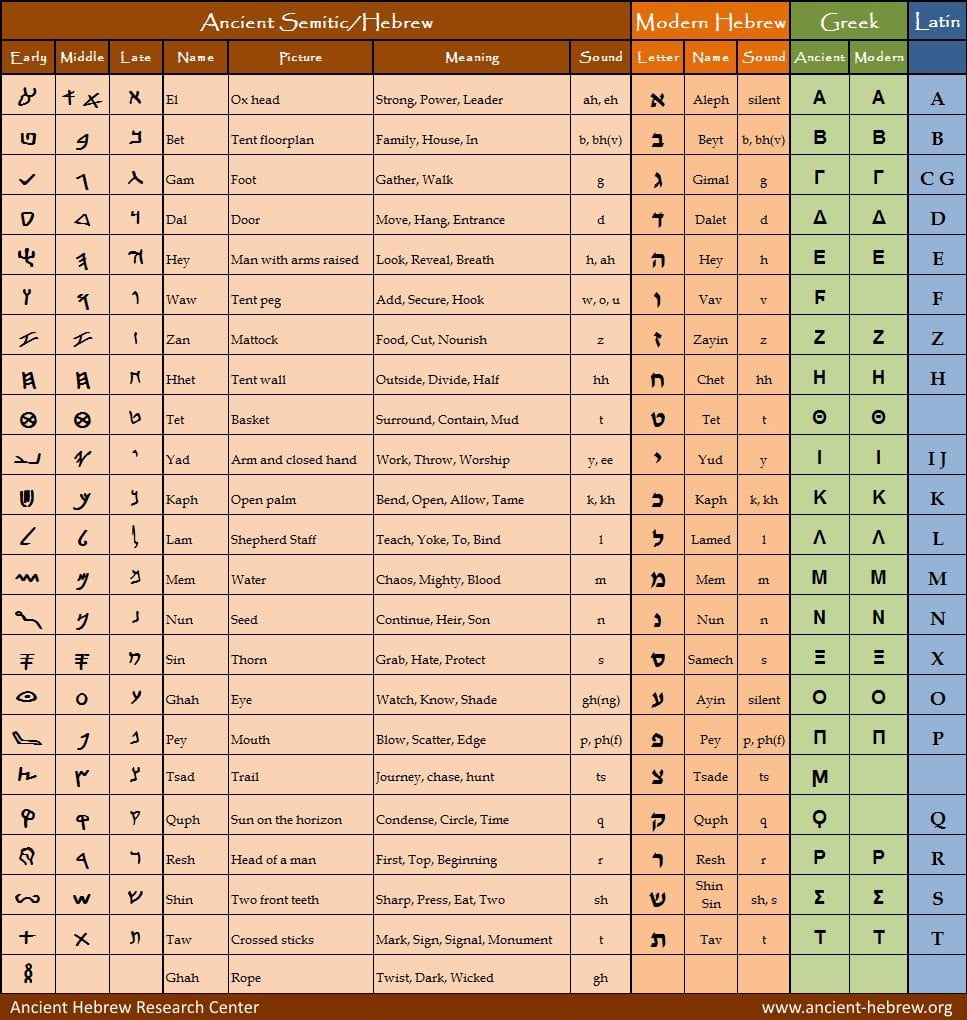
Connect with Amos37
Stay up to date with Amos37.com eMail update (Weekly)
Free Resources for the growing Christian.
“But grow in grace, and [in] the knowledge of our Lord and Saviour Jesus Christ. To Him [be] glory both now and for ever. Amen.” 2 Peter 3:18
Blue Letter Bible Free Online Bible & Study Tools & Commentaries
Bible Classes College Level For Free to Enroll Track your progress.
Our Own Free Discipleship Course In Video HD.

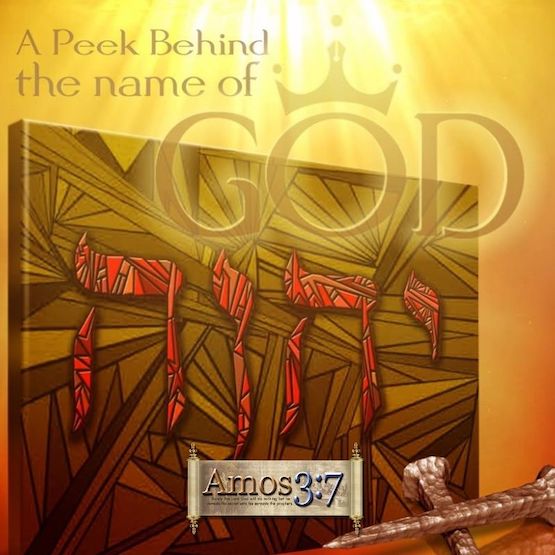

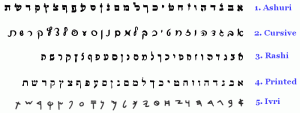








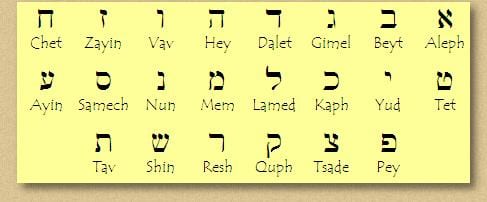












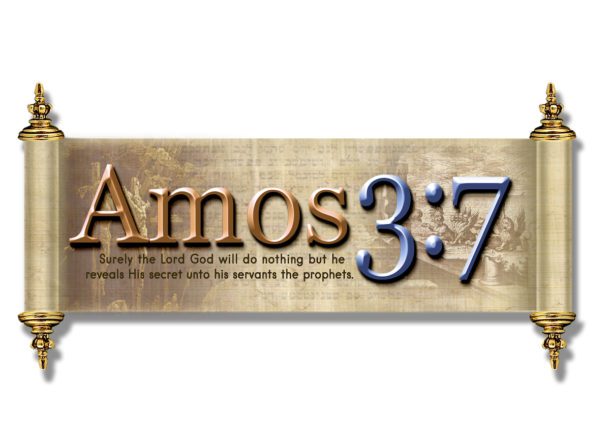
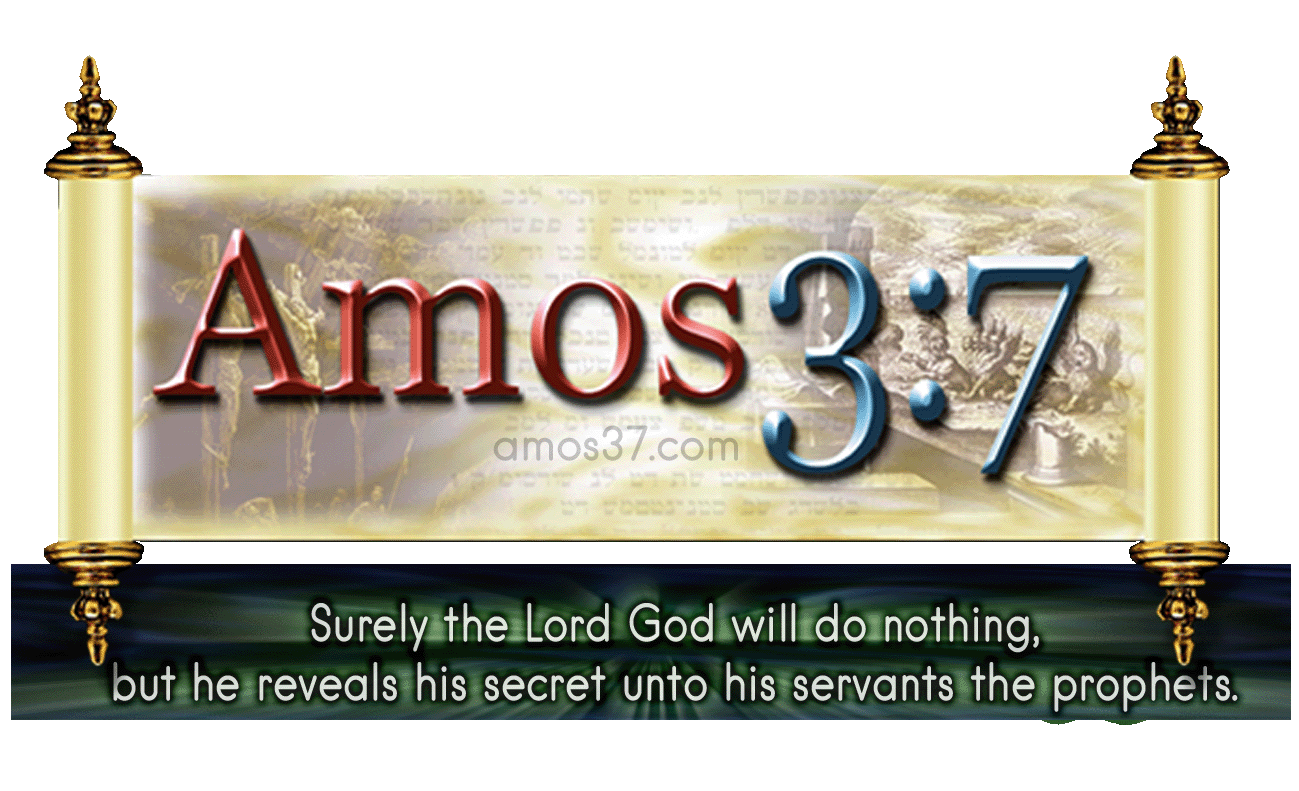
Please cut the music out in the background as soon as the teaching begins! It is such a distraction!!!
I can’t fully concentrate on the teacher.
Makes it confusing!
Thanks for the feed back. We will do that.